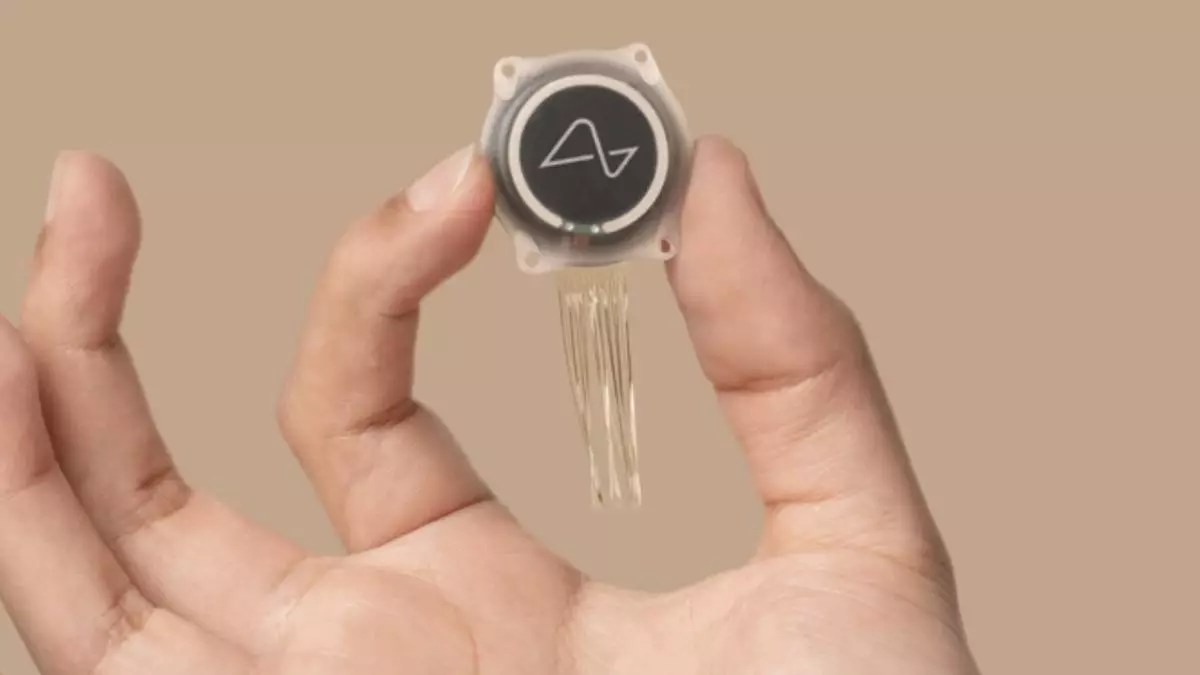Elon Musk has once again captured public attention with his brainchild, the Blindsight brain implant, developed by Neuralink. The FDA’s recent designation of the device as a “Breakthrough Device” has stirred up a whirlwind of excitement and apprehension. While Musk likens the capabilities of Blindsight to those of Geordi La Forge, the visually enhanced character from *Star Trek*, it is essential to peel back the layers of bioengineering, expectations, and ethical considerations surrounding this revolutionary technology.
Neuralink’s approach represents a transformative vision in addressing vision loss, with aims to not just restore sight for those who have lost it but also to provide sight to individuals blind from birth. Musk’s assertive statements raise both curiosity and skepticism. He claims that the device operates by implanting a microelectrode array in the visual cortex to stimulate neurons, offering a pathway toward vision even for those lacking functional optic nerves. However, this assertion invites scrutiny, particularly regarding its implications for individuals who have never experienced vision.
The FDA’s Breakthrough Device Designation is a recognition typically reserved for devices demonstrating critical innovations in treating life-threatening conditions. While it sounds promising, it showcases the regulatory landscape of medical device development, which tends to favor accelerated pathways for potentially life-enhancing technologies. Nevertheless, the designation alone does not guarantee that the device will fulfill its lofty promises. Such accelerations often invite premature expectations, which could ultimately lead to disappointment if the technology does not meet predicted capacities post-implementation.
The question remains: what does Blindsight truly offer? Musk indicates that users will initially experience low-resolution vision likened to the graphics of early Atari systems. Acknowledging this limitation upfront is refreshing, yet many remain skeptical about whether this is a sufficient foundation for future advancements. Direct comparisons with video game technology, although relatable, can be trivializing when discussing the profound experience of human blindness and the complexity of visual perception.
Interpreting visual stimuli requires more than merely having a functioning visual apparatus; it involves an intricate interplay between the brain’s wiring and experiential learning. Experts, including those cited by TechCrunch, bring to light a fundamental challenge: individuals blind from birth have not developed the visual cognitive pathways that sighted people take for granted. Thus, even if their visual cortices are stimulated, the biological framework might not support the interpretive processes necessary for ‘seeing’ in a way that makes sense to them.
By suggesting that blind individuals could suddenly experience nuanced sight, Musk may perpetuate a misunderstanding about the intricacies of human sensory processing. This raises ethical questions about how such claims impact not only the blind community but also public perception of technological feasibility. Promising more than what might realistically be achievable within the existing neuroscience framework seems to walk the line between ambition and deception.
Musk’s previous ventures demonstrate an interest in pushing technological boundaries, and Neuralink is no different. Developments with electrode density signal progress, as traditional brain-computer interfaces have long struggled with resolving power—even the standard visual resolution far surpasses what has been clinically achieved. Researchers have typically worked with electrode arrays featuring only a few dozen points of contact. While Neuralink’s pursuit of increased density could potentially lead to improved visual resolution, it highlights a fundamental issue: muscle memory and synaptic understanding are crucial steps often overlooked in such discussions.
As exciting as these advancements may be, it is essential to temper expectations with a grounded understanding of neuroscience and cognitive development. Striking the right balance between enthusiasm for innovation and the realistic challenges of therapeutic application is vital.
While Neuralink’s Blindsight holds immense potential, it is crucial to approach the implications of this technology with cautious optimism. Elon Musk’s ambition and grand vision, while charismatic, often ride on the waves of overestimation. Significant strides can indeed be made in reshaping the lives of those facing disabilities like blindness, but promises of instantaneous miracles should not overshadow the nuanced realities of human biology and perception.
As the company navigates the lengthy path towards clinical trials and real-world application, it is vital for advocates, technologists, and the blind community to engage in open dialogue about both the possibilities and limitations posed by such revolutionary devices. As Musk himself has shown in other enterprises, progress is achievable, even if lofty claims need careful management. In the quest for understanding and potentially seeing the world anew through technology, let us be equally grounded in realism as we extend our visions forward.


Leave a Reply